Carbon bikes are becoming increasingly popular and are in high demand - and for good reason! Carbon bikes offer an unbeatable ratio of weight to stability, as the material is extremely light but still very durable. This means that even demanding routes can be mastered more easily and efficiently. In addition, carbon allows for a high degree of flexibility in the shape, which can optimize the aerodynamics and design of the bike. The good vibration dampening also ensures a pleasant and quieter ride, which makes them attractive to both professional and amateur riders.
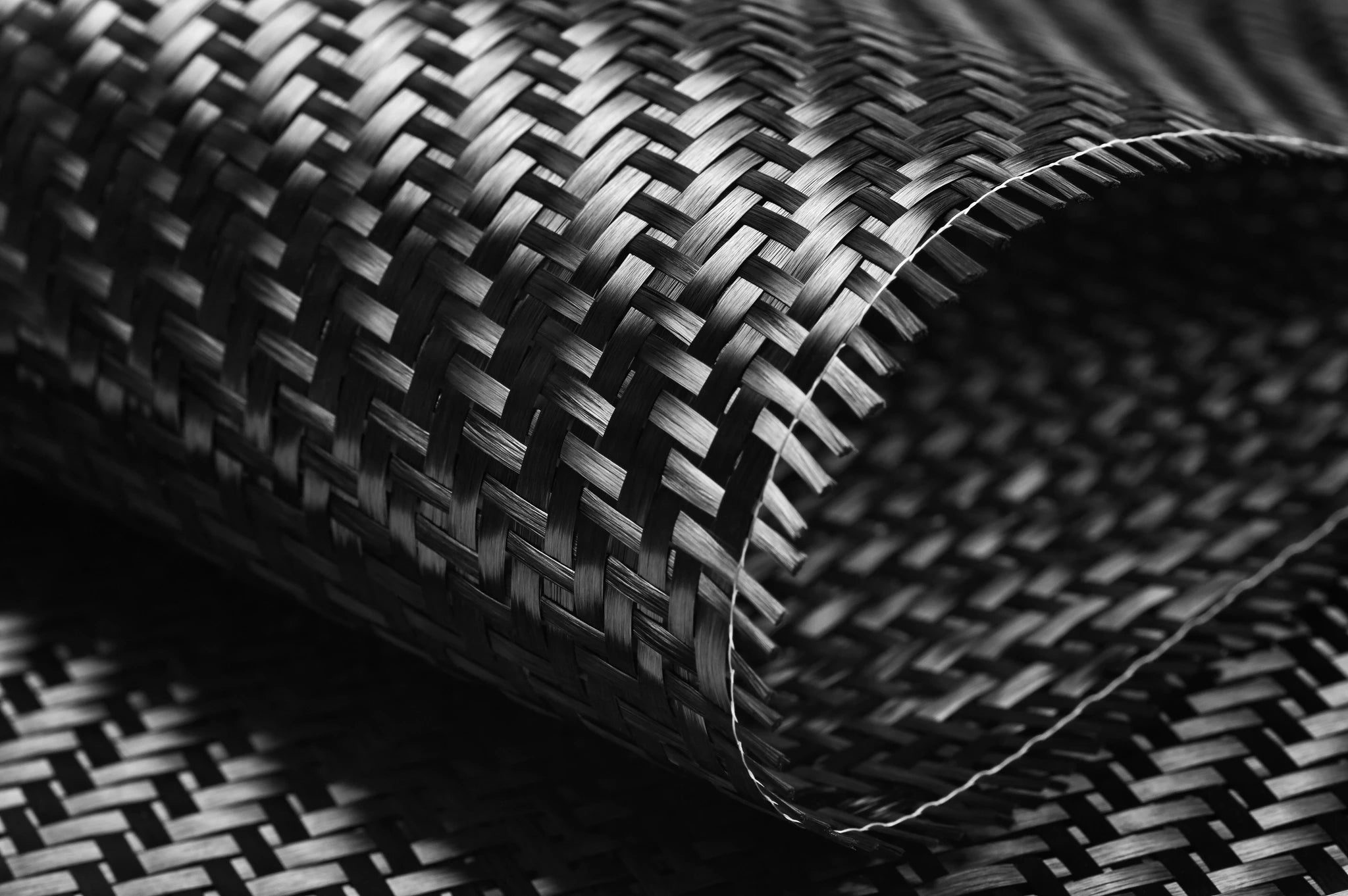
What is carbon?
Carbon is an extremely light and at the same time very stable material that consists of carbon fibers. These fibers are processed into a fabric using special processes and bonded with resins, creating a solid and resilient structure. Due to its high strength and low weight, carbon is used in various high-tech areas, including bicycle construction, where it makes for particularly light and aerodynamic frames.
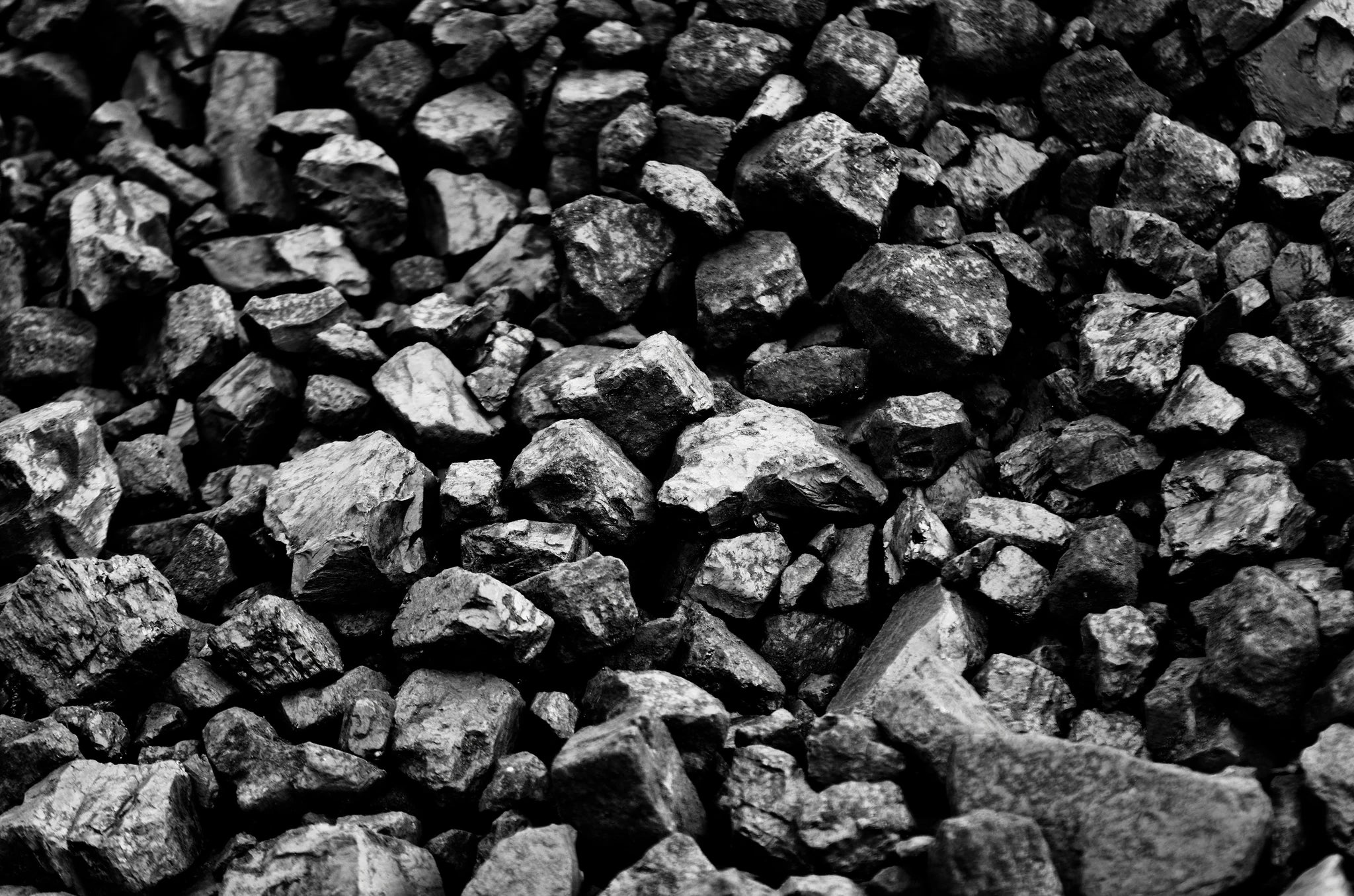
How is carbon made?
Carbon is made from carbon fibers, usually derived from polyacrylonitrile (PAN). The fibers are carbonized at high temperatures, creating almost pure carbon that is very light and strong. The fibers are then bonded together in fabrics or layers with synthetic resin to create robust yet lightweight structures for applications such as bicycle construction.
How did the material carbon find its way into the bicycle industry?
Carbon found its way into the bicycle industry primarily through motorsports and aerospace, where its outstanding properties such as lightness and strength were exploited early on. As early as the 1970s and 1980s, pioneers in the bicycle industry experimented with integrating carbon fibers into frames in order to create lighter yet stable alternatives to the materials that had dominated until then, such as steel and aluminum.
In the 1980s, the American company Trek finally launched the first mass-produced carbon bike. This move attracted attention and inspired other manufacturers to also work with carbon. Initially, however, the production of carbon frames was very complex and expensive, which limited its use to high-end models. But over time, production costs fell due to technical advances and higher demand, so that carbon was increasingly used in all bicycle categories.
Today, carbon is widely used in the bicycle industry and is an indispensable part of high-end and ambitious mid-range bikes. It is particularly valued in the road bike and mountain bike segments due to its high level of adaptability and performance advantages.
Carbon finish on bicycle frames: From painted to raw structure – this is how the material shows itself in its most beautiful form
There are different types of carbon finishes for bicycle frames, which vary depending on the desired look and structure. For example, the carbon structure may be clearly visible on some frames - this is not paint damage . Here are some common finishes and their properties:
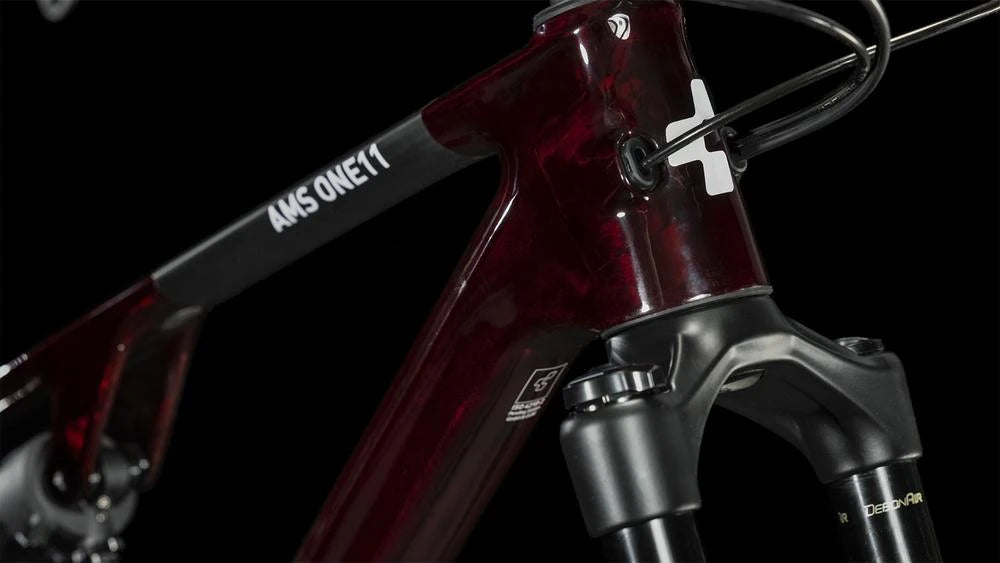
Gloss Finish
A gloss finish is a shiny coating that is often applied over the carbon frame. This type of finish highlights the carbon structure by making the surface appear mirror-like and shiny. This makes the characteristic carbon weave structure visible and particularly noticeable in sunlight.
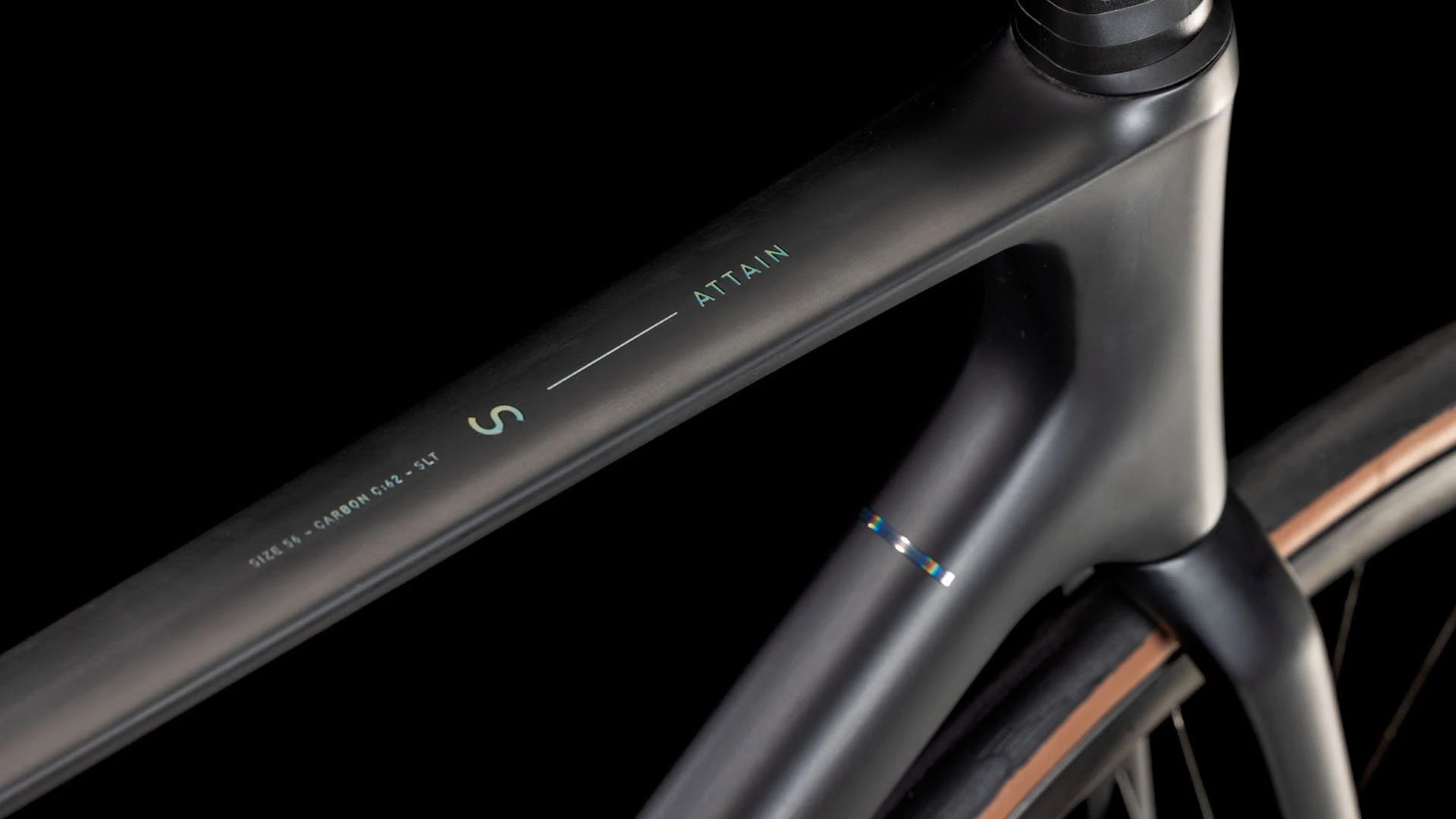
Matte Finish (Matte Finish)
With a matte finish, the surface of the frame is sealed without shine, creating a subtle and elegant appearance. The carbon structure can often be slightly visible, but is more subtle than with a gloss finish. A matte finish emphasizes the carbon structure less and gives the frame a modern, unobtrusive design
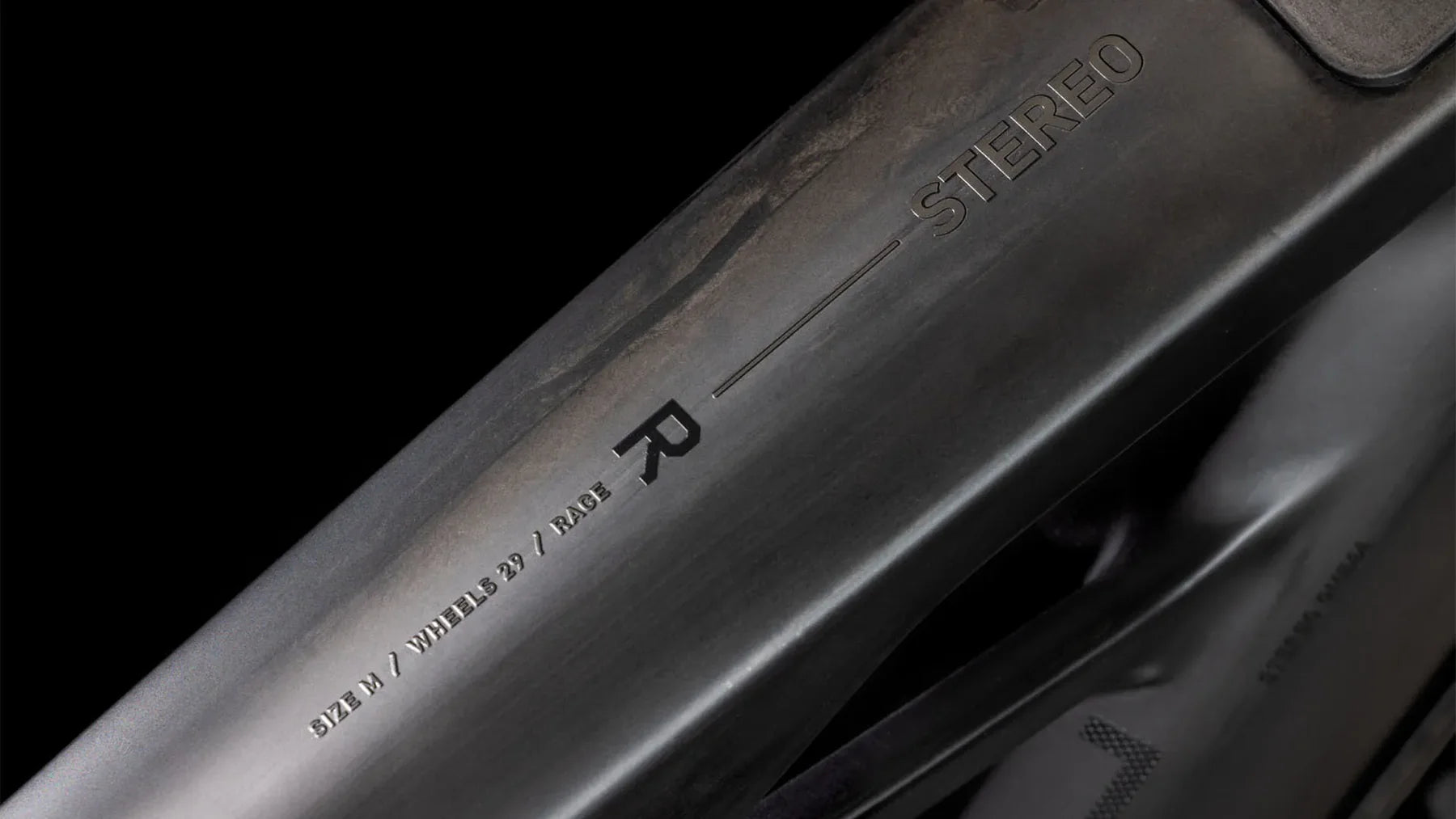
UD Carbon (Unidirectional Carbon)
UD carbon stands for "unidirectional," which means that the carbon fibers run in one direction rather than being processed in a woven pattern. With a UD carbon finish, the surface remains smoother and the fibers run in one direction, resulting in a clear, uniform structure. A unidirectional finish is often covered with a matte or glossy layer, with the structure remaining slightly visible in some variants, but less pronounced than with woven carbon.

Raw Carbon
Raw carbon is a finish where the frame is left unpainted or only covered with a thin, transparent protective layer. Here the carbon structure is very visible, especially when woven carbon fibers have been used. The individual fibers or the weave pattern are clearly visible and the finish looks authentic and technical. Raw carbon is often used for high-end bikes to make the high-quality carbon structure directly visible.
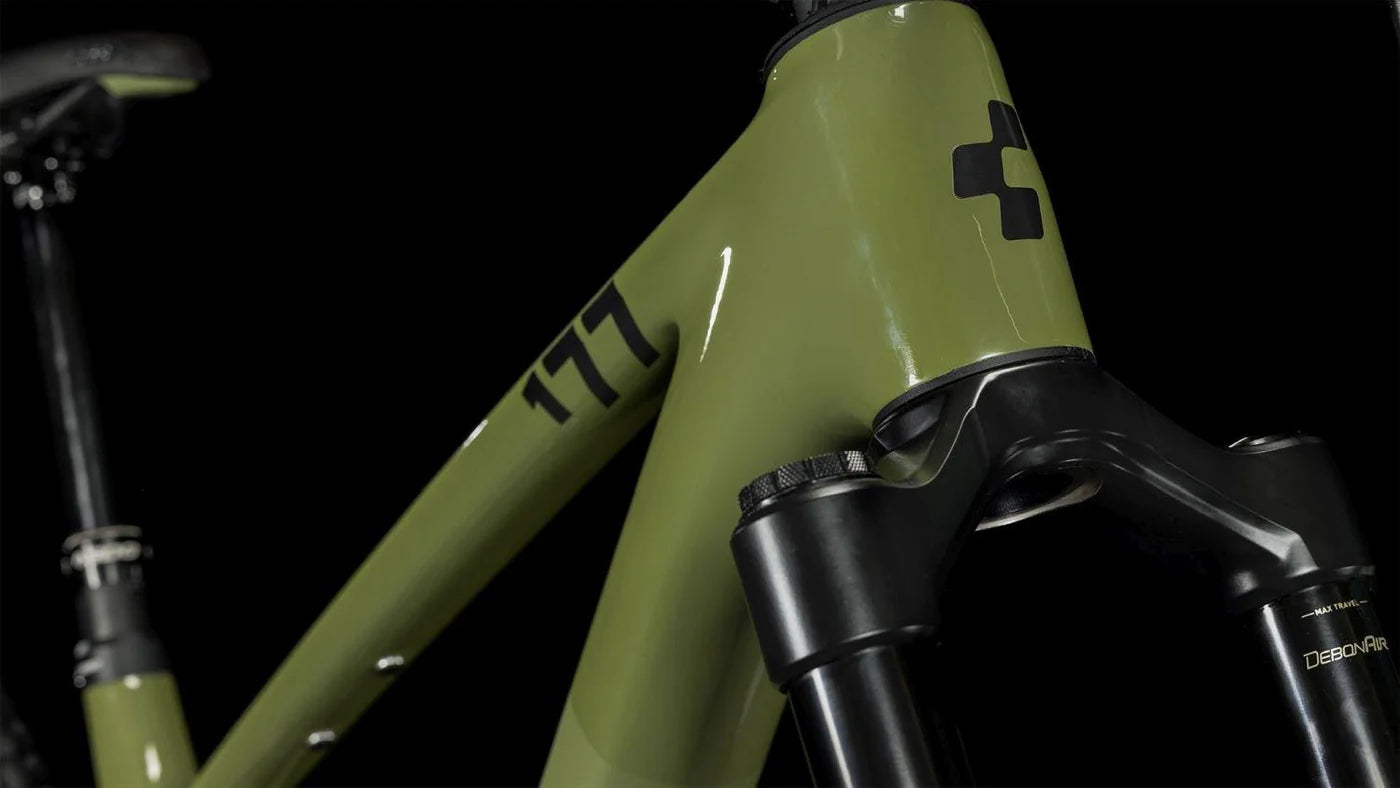
Opaque Paint Finish
The frame is covered with an opaque layer of paint that completely conceals the carbon. This coating creates a uniform color surface that gives no indication of the carbon structure underneath.

